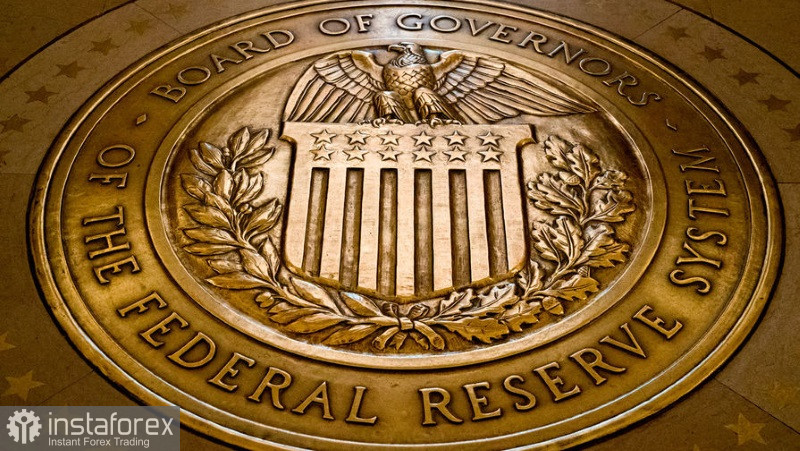Although the Federal Reserve is sure to extend its aggressive interest rate hike even longer than expected, the European currency and the British pound have regained their positions against the US dollar after yesterday's inflation report in the US. It overshadowed hopes for a rate cut by the end of next year.

Initially, investors reacted to higher-than-expected consumer price levels by buying the US dollar. It emphasized that the Fed would raise rates by 75 basis points at its meeting next month, but then the pressure on risky assets decreased sharply.
Nevertheless, futures prices show that the markets expect interest rates to be around 5% next year, which increases the pressure on the Fed even more.
Despite the risk of a recession and a sharp spike in unemployment, the Federal Reserve System will continue to act aggressively. The measures it has taken since the spring of this year have not yet brought the desired result – the maximum that has been achieved is a slowdown in inflation growth around a 40-year high.
According to a report by the Ministry of Labor published on Thursday, base prices, excluding food and electricity, rose in September by 6.6% compared to last year, which is the highest level since 1982. This continues to cause concern among politicians, as the index also accelerated in August. Yesterday's report also means that the regulator will raise rates by three-quarters of a percentage point at the last two meetings of this year.
Several Fed officials have recently pointed to the August spike in core inflation as a sign of alarming rigidity, even among less volatile price categories. Nevertheless, even the most hawkish officials opposed the idea of raising rates by a whole percentage point or more at one meeting. It would be more difficult for the Fed to track the effects of its policy tightening on the economy, increasing the risk of triggering a more serious recession.
"Observing how the economy reacts allows us to measure the dosage of future policy changes somewhat while simultaneously continuing to move aggressively," said Neel Kashkari, president of the Federal Reserve of Minneapolis. "If we just raised rates by 2%, 3%, or 4% at a time, it may well be that it would be too much, which would eventually lead to a financial crisis."
As noted above, the Fed has been raising rates from zero since March of this year, and now the federal funds rate is at 3.25% – the highest level since 2008.
As a result of the slowdown in inflation, albeit not as strong as economists predicted, demand for risky assets has returned, which leaves the same euro buyers to return to parity.
As for the technical picture of EURUSD, the bears retreated a little, and the bulls reached the resistance of 0.9800. Before the important data on retail sales in the US, the upward correction of the pair may continue. To continue the growth, it is necessary to break above 0.9800, which will take the trading instrument to the areas of 0.9840 and 0.9880. However, the upward prospects will depend entirely on the US data. A break of 0.9755 will put pressure on the trading instrument and push the euro to a minimum of 0.9713, which will only worsen the situation of buyers of risky assets in the market. Having missed 0.9713, it will be possible to wait for the update of the lows in the area of 0.9680 and 0.9640.
The pound continues to recover, but its further direction has not yet been determined. Buyers will focus on protecting the support of 1.1260 and the resistance of 1.1350, limiting the upward potential of the pair. Only a breakthrough of 1.1350 will open prospects for recovery to the area of 1.1420, after which it will be possible to talk about a sharper jerk of the pound up to the area of 1.1480 – the maximum of this month. It is possible to talk about the return of pressure on the trading instrument after the bears take control of 1.1260, which can happen quite quickly in the case of strong US statistics. This will blow the bulls' positions and completely negate the prospects of the bull market observed since September 28. A breakout of 1.1260 will push GBPUSD back to 1.1180 and 1.1100.





















